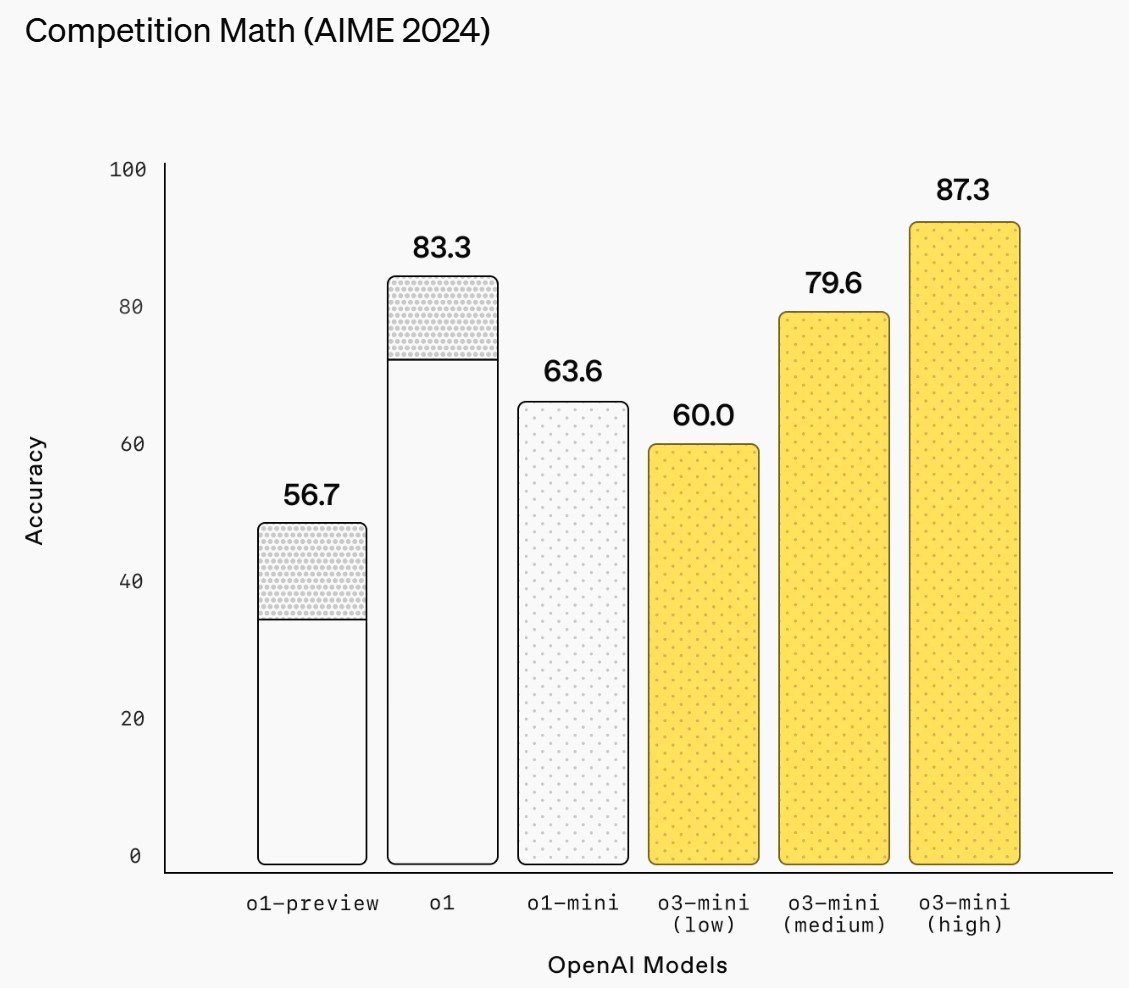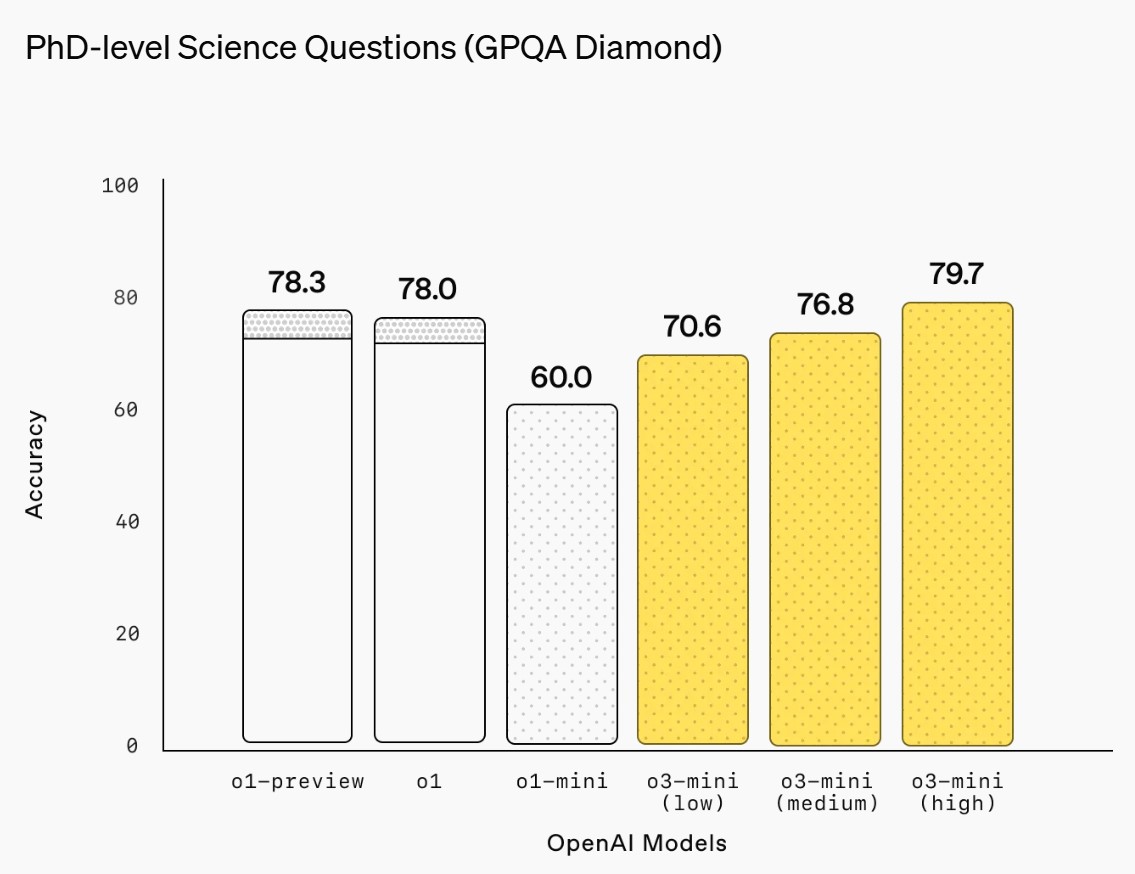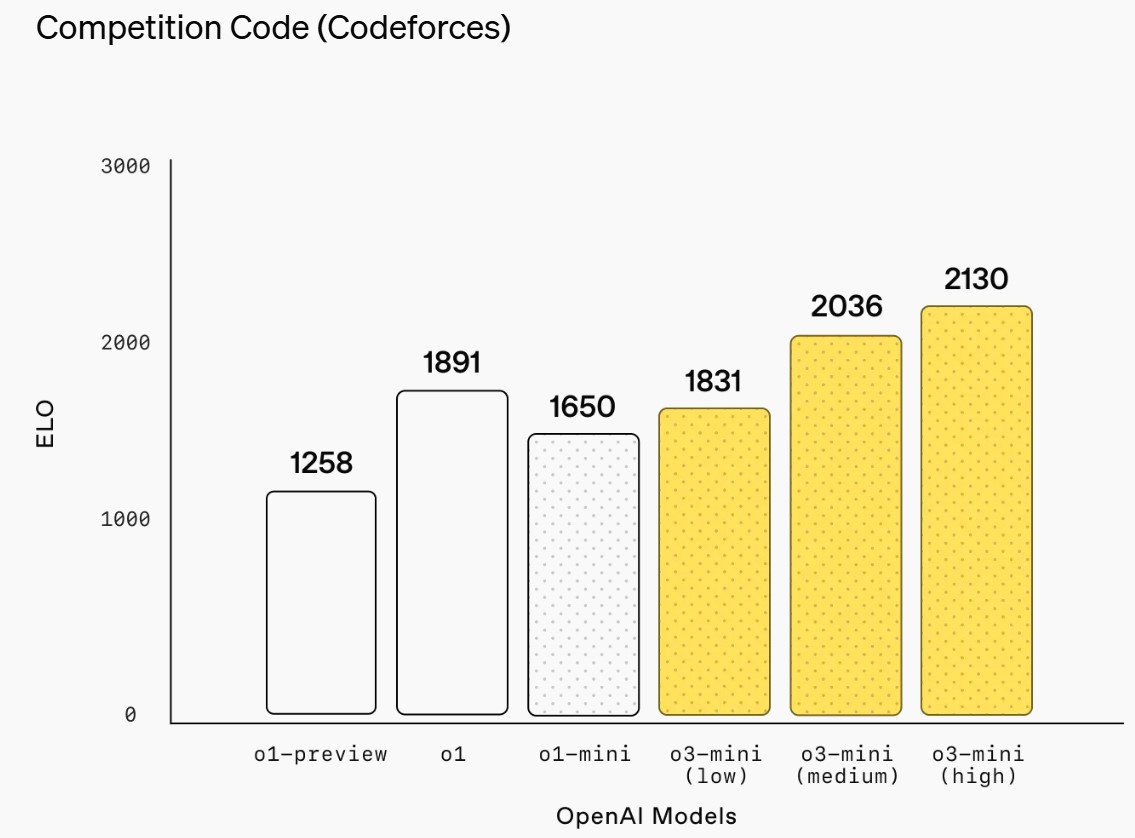RANDOM POSTs
-
Google advanced search
Read more: Google advanced searchintitle:”index.of” (mp4|mp3) micheal.jackson
site:edu filetype:pdf
site:edu intitle:”index.of” japanese.fonts
-
A short 170 year history of Neural Radiance Fields (NeRF), Holograms, and Light Fields
Read more: A short 170 year history of Neural Radiance Fields (NeRF), Holograms, and Light Fieldshttps://neuralradiancefields.io/history-of-neural-radiance-fields/
“Lightfield and hologram capture started with a big theoretical idea 115 years ago and we have struggled to make them viable ever since. Neural Radiance fields aka NeRF along with gaming computers now for the first time provide a promising easy and low cost way for everybody to capture and display lightfields.”
“Neural Radiance fields (NeRF) recently had its third birthday but the technology is just the latest answer to a question people have been chasing since the 1860s: How do you capture and recreate space (from images)?”
“The plenoptic function measures physical light properties at every point in space and it describes how light transport occurs throughout a 3D volume.”
Google project Starline the latest in real time and compression image to 3D technology
-
More gravitational waves detected
Read more: More gravitational waves detectedGravitational waves are a prediction of the Theory of General Relativity It took decades to develop the technology to directly detect them They are ripples in the fabric of space and time produced by violent events Accelerating masses will produce waves that propagate at the speed of light Detectable sources ought to include merging black holes and neutron stars LIGO fires lasers into long, L-shaped tunnels; the waves disturb the light
-
OpenAI releases o3-mini
Read more: OpenAI releases o3-minihttps://openai.com/index/openai-o3-mini
OpenAI o3-mini is our first small reasoning model that supports highly requested developer features including function calling(opens in a new window), Structured Outputs(opens in a new window), and developer messages(opens in a new window), making it production-ready out of the gate.
o3-mini does not support vision capabilities, so developers should continue using OpenAI o1 for visual reasoning tasks.
ChatGPT Plus, Team, and Pro users can access OpenAI o3-mini starting today, with Enterprise access coming in February. o3-mini will replace OpenAI o1-mini in the model picker, offering higher rate limits and lower latency, making it a compelling choice for coding, STEM, and logical problem-solving tasks.
As part of this upgrade, we’re tripling the rate limit for Plus and Team users from 50 messages per day with o1-mini to 150 messages per day with o3-mini.Starting today, free plan users can also try OpenAI o3-mini by selecting ‘Reason’ in the message composer or by regenerating a response. This marks the first time a reasoning model has been made available to free users in ChatGPT.



COLLECTIONS
| Featured AI
| Design And Composition
| Explore posts
POPULAR SEARCHES
unreal | pipeline | virtual production | free | learn | photoshop | 360 | macro | google | nvidia | resolution | open source | hdri | real-time | photography basics | nuke
FEATURED POSTS
Social Links
DISCLAIMER – Links and images on this website may be protected by the respective owners’ copyright. All data submitted by users through this site shall be treated as freely available to share.








